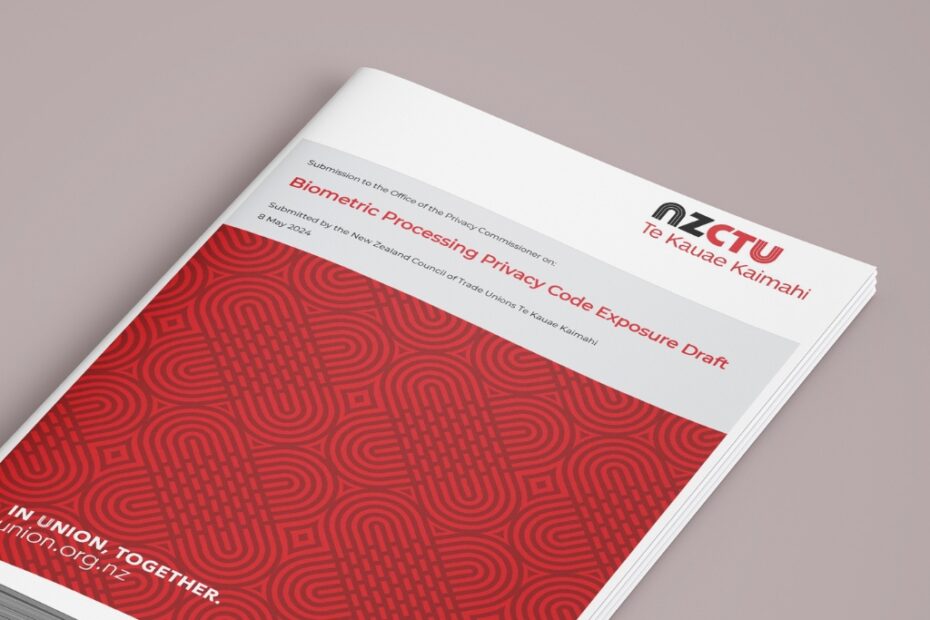The use of biometric technologies in the workplace is becoming more common. Biometric technologies are used for four main purposes in the workplace: security; recruitment; monitoring and surveillance; and health and safety. With the partial exception of health and safety purposes, biometric technologies offer few benefits to workers and often generate significant privacy risks. These risks include the misuse of workers’ biometric information; the use of biometrics to surveil and control workers; bias and discrimination in management decisions; and function and scope creep.
For these reasons, the CTU is strongly supportive of the Office of the Privacy Commissioner (OPC) issuing a code of practice for biometric processing. However, some aspects of the draft code are underpowered and will not protect workers from these risks. This submission focuses on how the draft code applies to the employment context. The CTU recommends significant revisions and extensions are made to Rule 1 (Purpose and Collection of Biometric Information) and Rule 3 (Collection of Information from the Individual) of the draft code.
